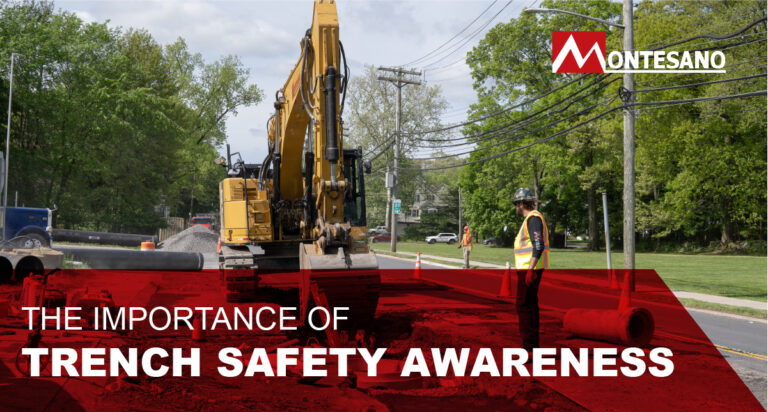Demolition work is a critical aspect of the construction industry, requiring meticulous planning and stringent safety measures. Ensuring safety during demolition is paramount, not only to protect the workers but also to safeguard the surrounding environment and infrastructure. Here are some essential practices that we use to uphold safety in demolition projects.
Comprehensive Planning and Assessment
Before initiating any demolition work, conducting a thorough site assessment is crucial. It is always critical to check for potential hazards including asbestos, lead paint, or structural weaknesses. An in-depth structural analysis helps in understanding the building’s composition and the best methods for its demolition. Planning also includes obtaining necessary permits and ensuring compliance with local regulations.
Safety Training and Equipment
Equipping employees with proper safety training is fundamental. Training should teach employees about proper procedures in accordance with OSHA standards and regulations. This includes instruction on the use of personal protective equipment (PPE), emergency procedures, and the safe handling of demolition tools and machinery. Ensuring that all employees are aware of the potential risks and safety protocols can significantly reduce accidents on site.
Providing appropriate PPE, such as helmets, gloves, safety glasses, and high-visibility clothing, is essential. Moreover, regular inspection and maintenance of demolition equipment ensure that they are in good working condition, preventing equipment-related accidents.
Controlled Demolition Techniques
Choosing the right demolition method is crucial for safety. Techniques such as implosion, high-reach arm demolition, and selective demolition should be selected based on the building’s structure and location. Controlled demolition minimizes the risk of unexpected collapses and flying debris, protecting both workers and nearby structures.
For instance, implosion should be carefully planned and executed by experts, ensuring that the building collapses inwardly, reducing the risk to surrounding areas. High-reach arm demolition is suitable for taller structures, allowing for a more controlled deconstruction process.
Dust and Debris Management
Managing dust and debris is vital to maintaining a safe and clean work environment. Implementing dust suppression methods, such as water sprays or misting systems, helps in reducing airborne particles that can cause respiratory issues. Proper disposal of debris, including segregating hazardous materials, is essential to prevent environmental contamination.
Emergency Preparedness
A clear and effective response plan is essential to protect team members the event of an emergency. This plan should include clear evacuation routes, communication protocols, and first-aid procedures. Regular drills and simulations can prepare the team to respond effectively to emergencies, minimizing potential injuries.
Continuous Monitoring and Supervision
Ongoing monitoring and supervision ensure that safety protocols are consistently followed. A designated safety officer can oversee the demolition process, conduct regular safety audits, and address any emerging hazards promptly. Continuous vigilance helps in maintaining a safe demolition site throughout the project.
Safe demolition practices are integral to a successful construction project. Emphasizing comprehensive planning, thorough training, proper techniques, emergency preparedness, and continuous supervision, construction companies can ensure the safety of their employees and the surrounding environment during the demolition process.







